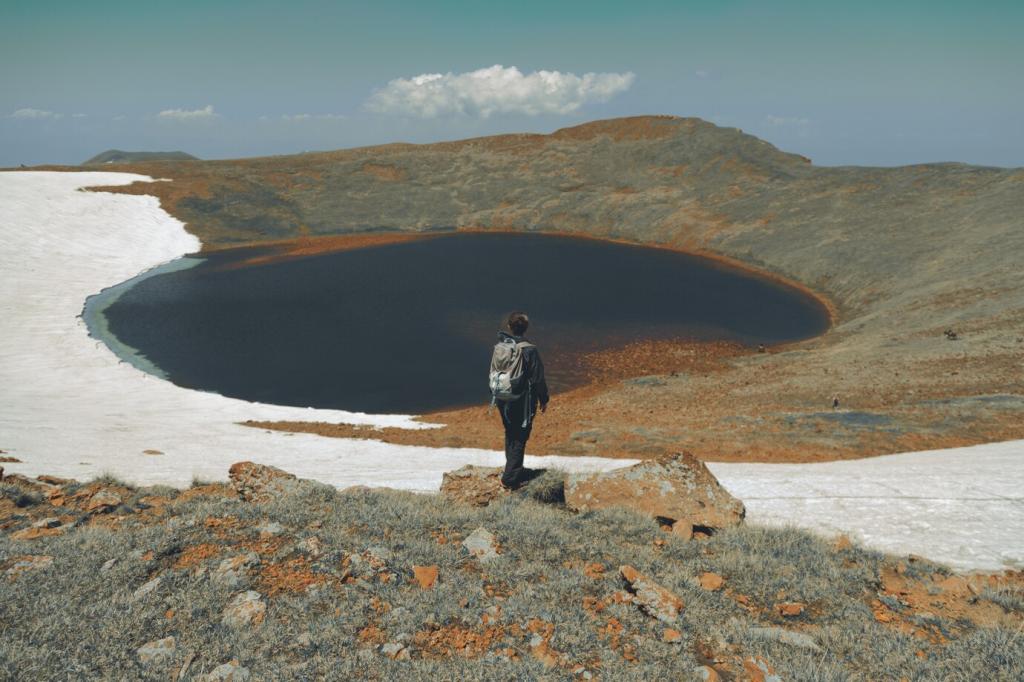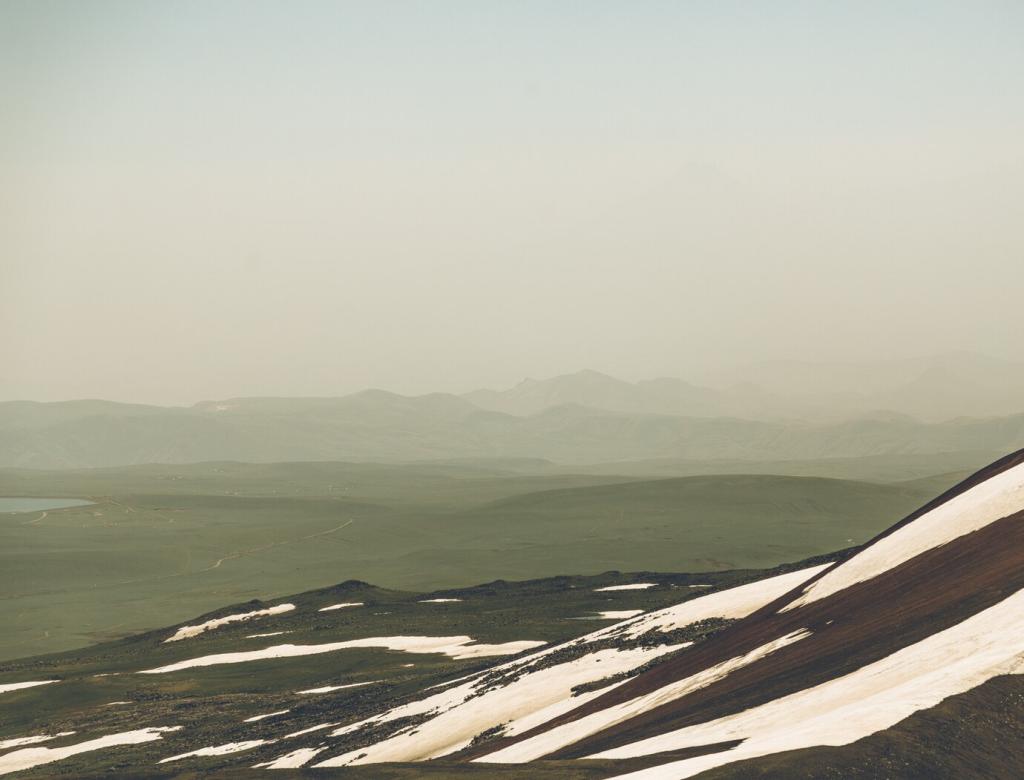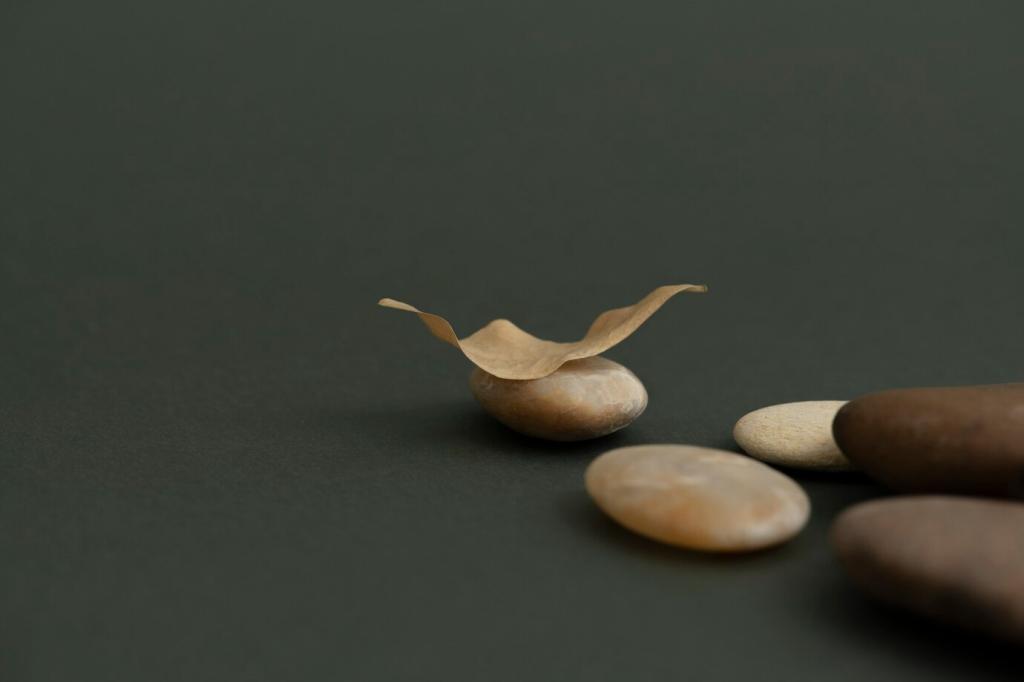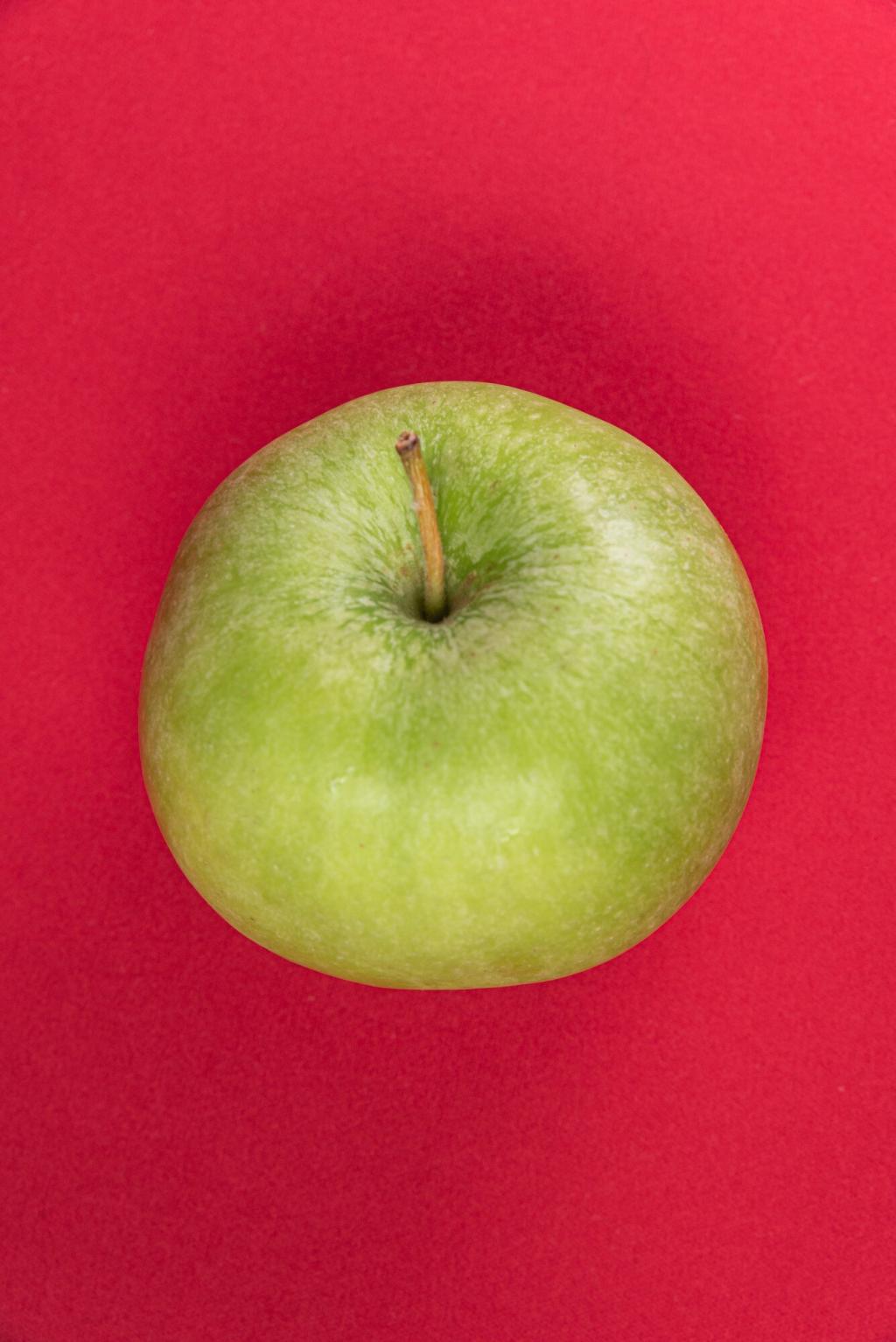What Minimalism Meant—and Where It Began
Tired of emotional brushwork and personal myth, artists stripped art to its bones. Frank Stella famously declared, ‘What you see is what you see,’ while Ad Reinhardt pushed painting toward the edge of visibility, pointing to a future of unwavering restraint.
What Minimalism Meant—and Where It Began
Echoes of Bauhaus clarity, Zen discipline, and Mies van der Rohe’s dictum ‘less is more’ guided a turn to proportion, order, and balance. Minimalism forged an art that could be cool yet contemplative, precise yet open to meditative attention.







